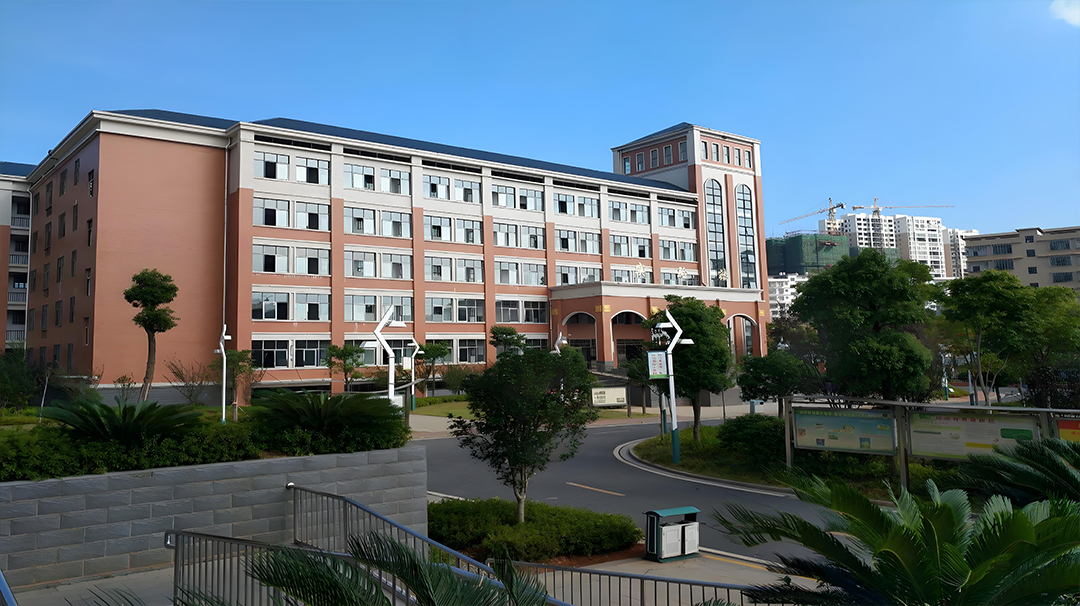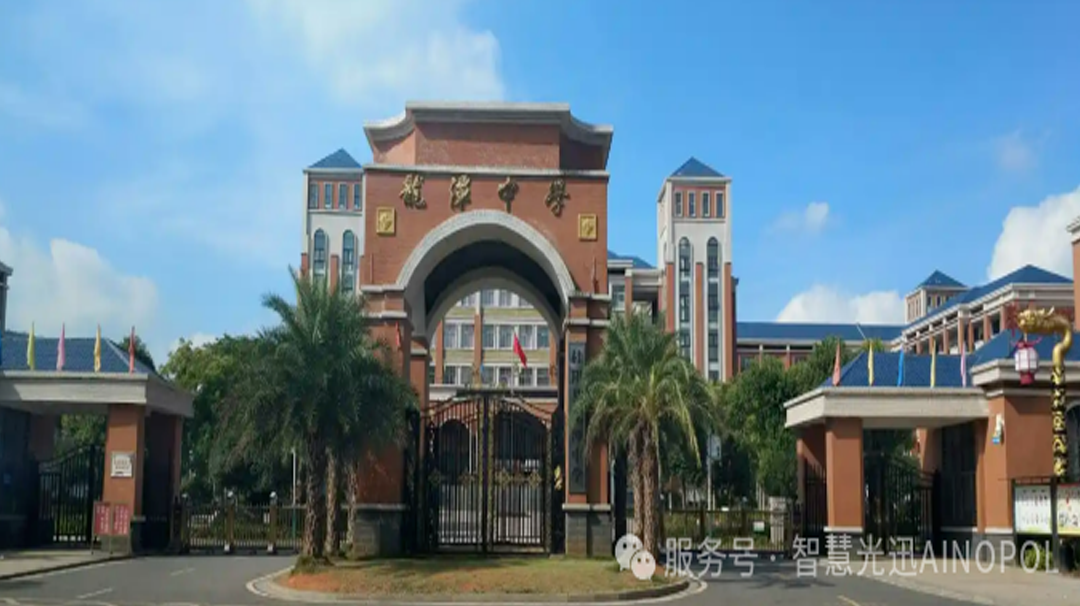

project background
It is reported that in order to promote the construction of the digital economy industry complex in Yueyang Free Trade Zone, leverage school enterprise cooperation, and improve the level of vocational education alliances, four vocational education and industry education integration projects have been successfully signed, including Yueyang Vocational and Technical College and the "Lingang Free Trade Zone Modern Industry College" jointly managed by Yueyang Free Trade Zone.
Modern Industry College is a secondary college of Yueyang Vocational and Technical College, located in Plot D of the Digital Economy Industry Complex Project in Yueyang Free Trade Zone. It covers an area of 60 acres and has a total construction area of 87869.06 square meters. There are 32 administrative offices, 87 classrooms, 96 integrated science and practice classrooms, 525 student apartments, and a planned capacity of about 8000 students.
This year, around the autumn opening goal of Yueyang Vocational and Technical College Free Trade Zone Modern Industry College, various infrastructure such as classrooms, functional rooms, teacher offices, teacher-student dormitories, canteens, etc. have been basically completed. However, despite significant progress in these areas, the construction of school networks has not yet begun, which is particularly noteworthy as school networks play a crucial role in achieving smart campuses and improving overall teaching quality.
In this context, Smart Accent will provide network construction support for the project to ensure that the school network can meet the needs of modern education.
Project requirements
During the construction of the campus network, Smart Lite On fully considered the special needs of the school, including coverage of over 1600 information access points. In addition, the team members of Smart Accent also pay special attention to different aspects of campus three network construction, as shown below:
Campus network: It is a broadband multimedia network designed to provide teaching, research, and comprehensive information services for teachers and students in schools. It includes multiple elements such as multimedia resources, experimental equipment, computer facilities, Wi Fi coverage, and dormitories to meet the various needs of the campus community.
Intelligent Network: Covering public areas within the campus, providing services such as broadcasting, monitoring, and long-distance optical transmission equipment. These facilities help the school manage and maintain campus safety, while also meeting the information exchange needs of the campus community.
Teaching Network: A network connected to the local education department that meets strict teaching security standards, provides high-speed network connectivity, and implements intelligent traffic control to ensure a smooth teaching and learning experience. This network plays an important supporting role in education and academic research.

Program value
For the school, the campus network construction plan adopts all-optical networking, which helps to save comprehensive cabling costs and improve the economic benefits of network infrastructure. Reducing the number of high-power devices helps to lower energy consumption costs and is beneficial for sustainable development. In addition, in the subsequent process of network construction, Smart Photonics will provide corresponding after-sales services to ensure the reliability and continuity of the network.
For teachers and students, adopting full scene WI-FI coverage provides a more flexible and efficient network experience for all teachers and students. The coverage area includes offices, libraries, teaching areas, playgrounds, canteens, student dormitory areas, etc. It realizes wireless high-speed internet access and supports high-density, zero blind spots, and zero roaming between regional scenes, creating a good mobile office and learning environment and improving network convenience and availability on campus.
For the engineering side, the campus network construction adopts a flat networking method, point-to-point transmission, reduces node equipment, and effectively reduces potential failure points. In addition, adopting a converged communication integration solution, a single device supports multiple services and also supports dual machine hot standby redundancy design, thereby improving network availability and reducing equipment maintenance costs. This move also helps to improve the utilization of space in the computer room and reduce potential hazards such as fire caused by multiple devices at the business level.



